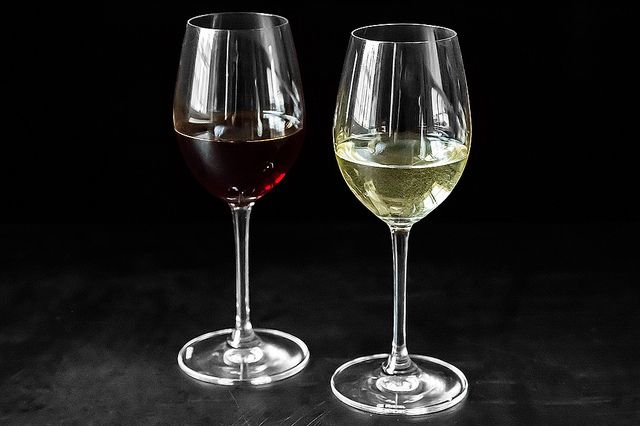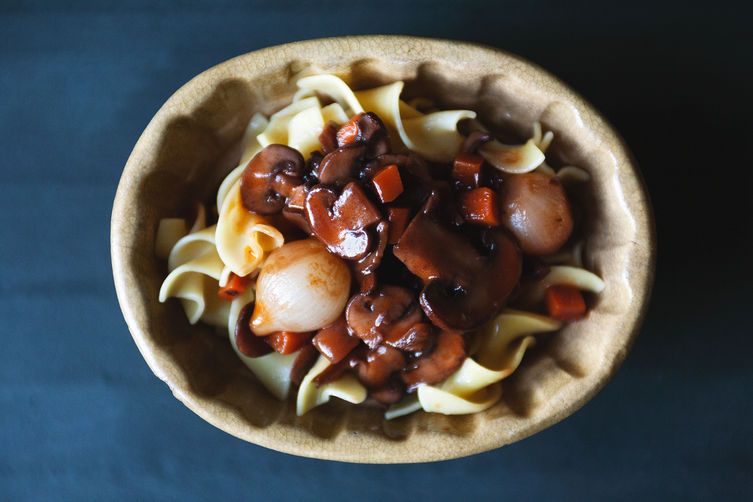Popular on Food52
Continue After Advertisement
6 Comments
retiredtaxpayer
January 31, 2014
Cooking with wine just gives you reason enough to open a bottle. True, because I don't see a lot of "leftover" wine in our house!
AntoniaJames
March 28, 2013
On the advice of someone at the store where I was hunting for a my usual (but out of stock) Cotes du Rhone, to use in a hearty stew I made recently, I bought a California Merlot (made with organic grapes) instead. I was a bit skeptical but it turned out really well! And of course it paired perfectly at the table. The wine had mild vanilla notes, and very light tannins. ;o) P.S. It was for a vegan mushroom, grain and winter vegetable stew, made with all of the aromatics and herbs that I would use in my beef stews (plus a hefty dose of doenjang, for a richer flavor overall). I am certain that the same wine would work well with braised meats, too.
Cathy H.
March 28, 2013
Here's what I love about your comment:
1. That you sought advice from someone at the wine store.
2. Their recommendation worked!
3. That you served the same wine at the table that you used in the recipe.
4. That you bought organic.
5. That you were skeptical and tried it anyway.
6. That I now know what doenjang is.
7. That your ingredients were hearty, yet you balanced it with a wine with light tannins.
8. That (I'm guessing…) there were no leftovers!
Thanks so much for sharing.
1. That you sought advice from someone at the wine store.
2. Their recommendation worked!
3. That you served the same wine at the table that you used in the recipe.
4. That you bought organic.
5. That you were skeptical and tried it anyway.
6. That I now know what doenjang is.
7. That your ingredients were hearty, yet you balanced it with a wine with light tannins.
8. That (I'm guessing…) there were no leftovers!
Thanks so much for sharing.
AntoniaJames
March 28, 2013
Thanks, Cathy and Kenzi. Actually, Cathy, there were some leftovers, but only because I generally cook at least twice what we need, especially when it involves a dish like this, because (a) the leftovers have a way of tasting even better the next day, as these did, and (b) we eat home-cooked foods for lunch almost as often as we eat home-cooked food for dinner, i.e., nearly always. And do get yourself some doenjang and use it. (I use it in any recipe calling for miso, and in about a dozen other non-conventional ways, as well.) You'll wonder how you ever cooked without it. ;o)





See what other Food52 readers are saying.